Dawoud Bey
b. 1953, New York
Lives in Chicago
venue
The Historic New Orleans Collection
Tricentennial Wing, Scovern Gallery
520 Royal St, New Orleans, LA 70130
Monday, Closed
Tuesday–Saturday, 9:30 AM - 4:30 PM
Sunday, 10:30 AM - 4:30 PM
neighborhood
about the project
In This Here Place is a series of landscape photographs made at sites on and around plantations in Louisiana that once held enslaved people. Bey’s landscapes possess a quiet charge, implying that the past still haunts this land, and speak to the traumatic reality of Black life in slave societies. From the bayou that sheltered maroon societies, to cane fields where people labored and died over a product they were seldom given access to, to cabins that offered some semblance of privacy, these places bore silent witness to unthinkable violence, while some offered refuge from it. As Bey’s third body of work about Black history in the United States, In This Here Place looks the furthest into the past.
Bey’s photographs are shown with Evergreen, a three-channel video featuring a vocal soundscape by the vocalist and composer Imani Uzuri. Named for the Evergreen Plantation—one of the most faithfully preserved plantations in the South with a working sugarcane plantation and twenty-two cabins placed far from the main house—Bey’s film, along with Uzuri’s vocals, offer a human presence to the unpopulated spaces pictured in Bey’s images. Together, the photographs and video implore us to search for the presence of a history that we cannot fully see yet the effects of which continue to shape our lives.
About the artist
Dawoud Bey began his career as an artist in 1975 with a series of photographs, “Harlem, USA,” that were later exhibited in his first one-person exhibition at the Studio Museum in Harlem in 1979. Since then he has become one of the most influential American photographers. Working in both color and black-and-white, Bey creates intimate portraits of people and places that illuminate individual presence while exploring and creating a historical record. His mid-career survey, Dawoud Bey: Portraits 1975–1995, was curated by Kellie Jones for the Walker Art Center, Minneapolis in 1995; a survey exhibition of his work, Picturing People, opened at the Renaissance Society of the University of Chicago in 2012; and his retrospective Dawoud Bey: An American Project was co-organized by the San Francisco Museum of Modern Art and the Whitney Museum in 2020. His works have also been exhibited at institutions including the Addison Gallery of American Art, Andover, Massachusetts; Art Institute of Chicago; Brooklyn Museum; Detroit Institute of Arts; Fogg Art Museum at Harvard University, Cambridge, Massachusetts; High Museum of Art, Atlanta; Museum of Contemporary Art Chicago, Museum of Modern Art, New York; Whitney Museum of American Art, New York; and the National Gallery of Art,Washington DC, and other museums world wide. Dawoud Bey earned his MFA from Yale University School of Art, and is currently Professor of Art and a former Distinguished College Artist at Columbia College Chicago.
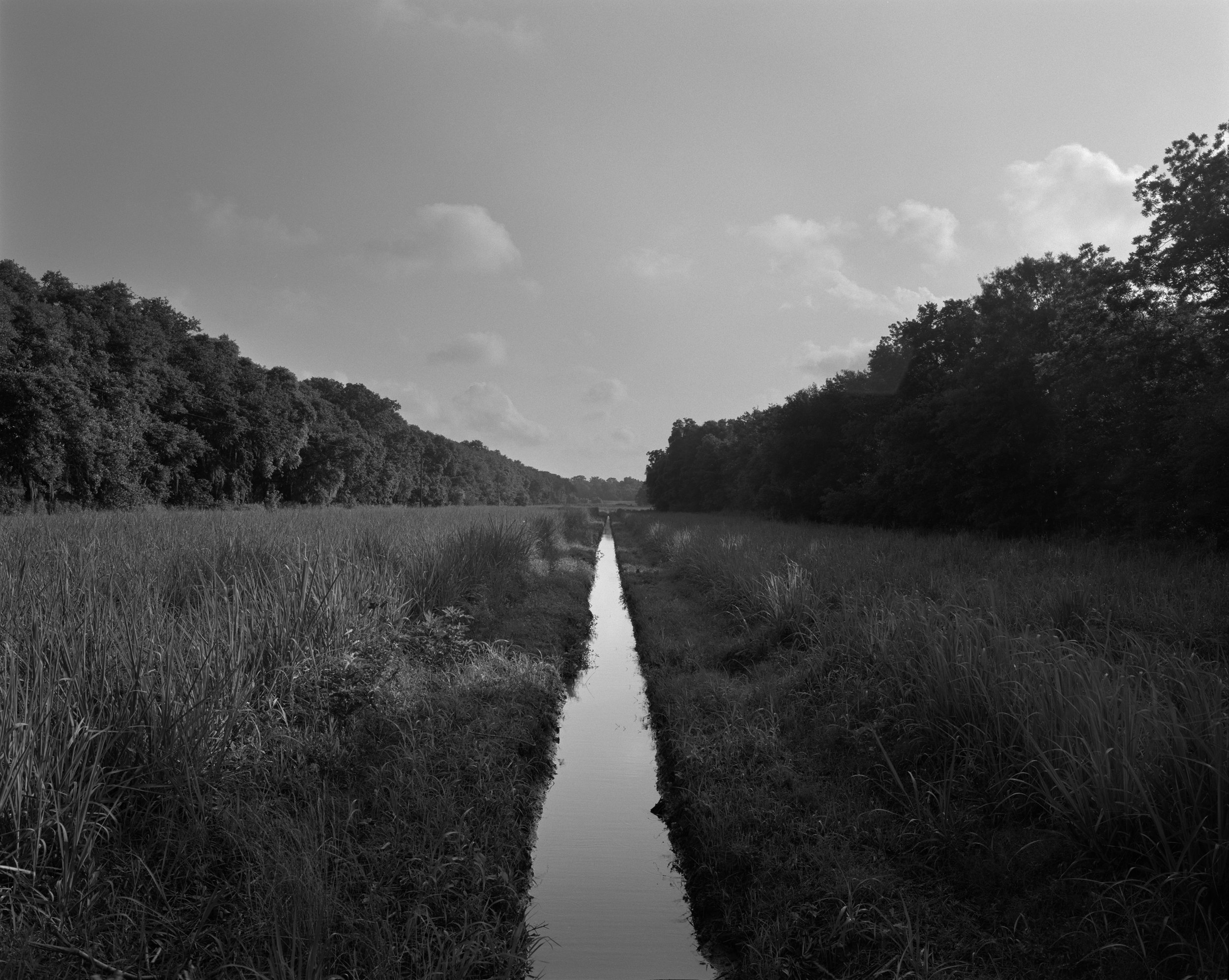
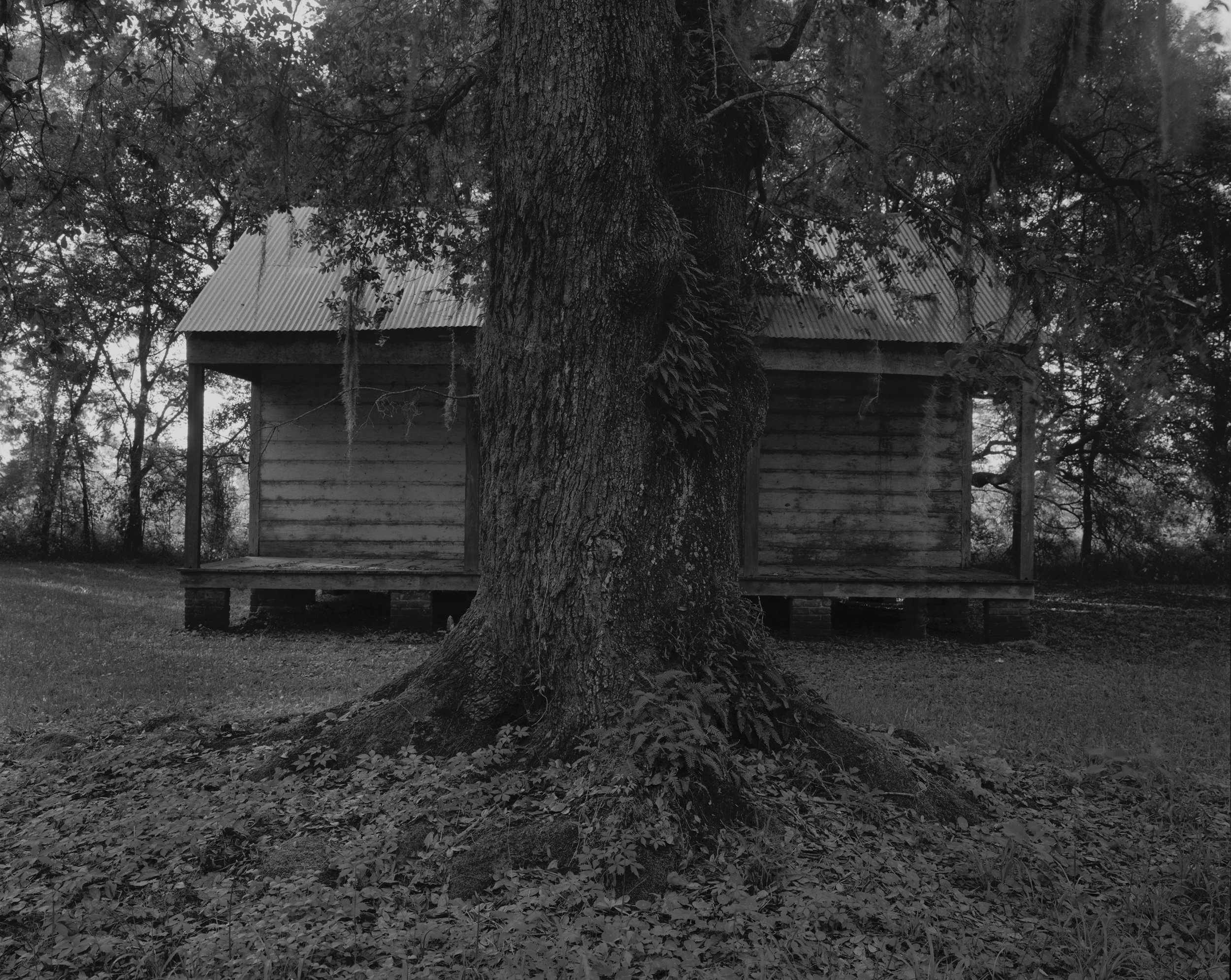
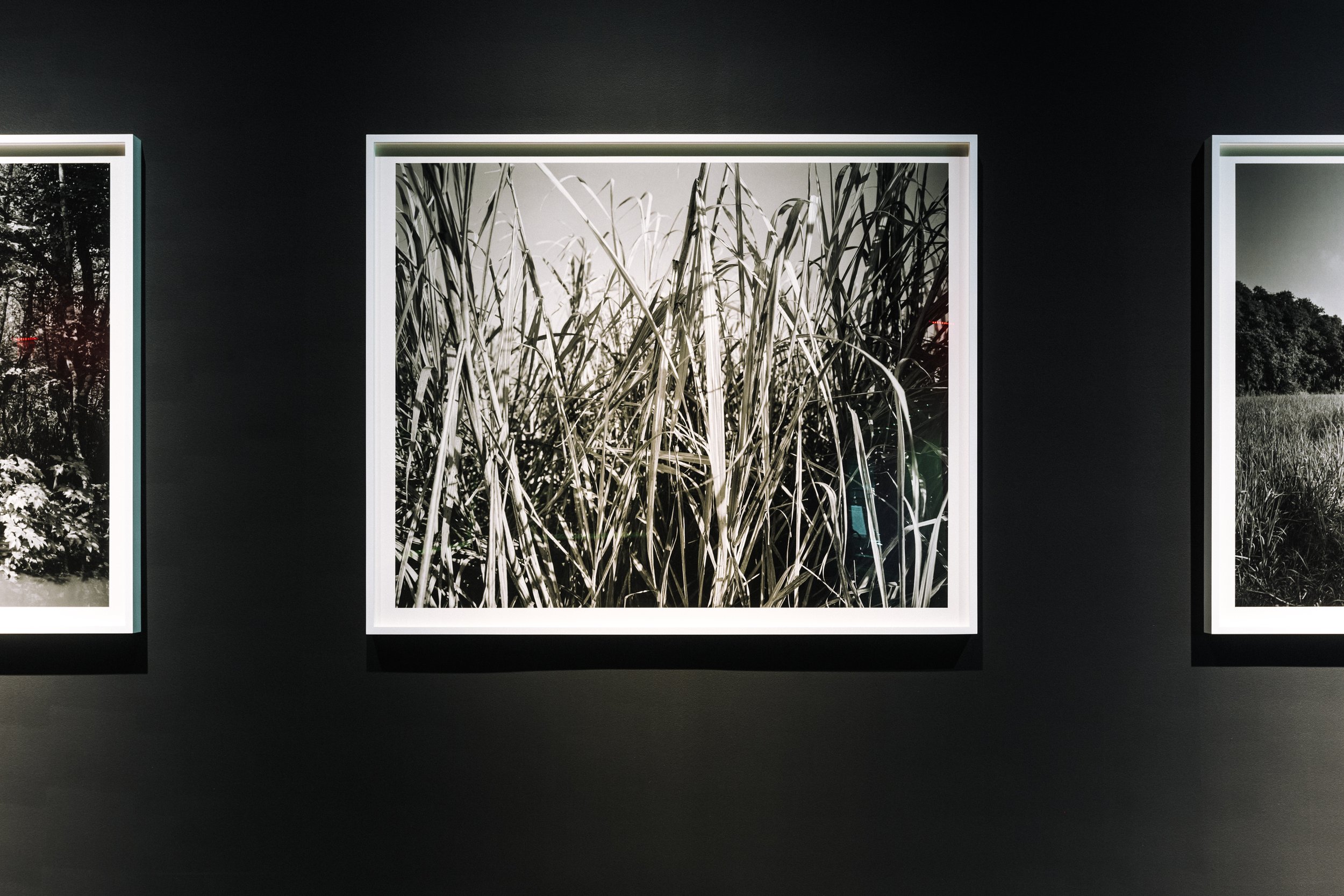
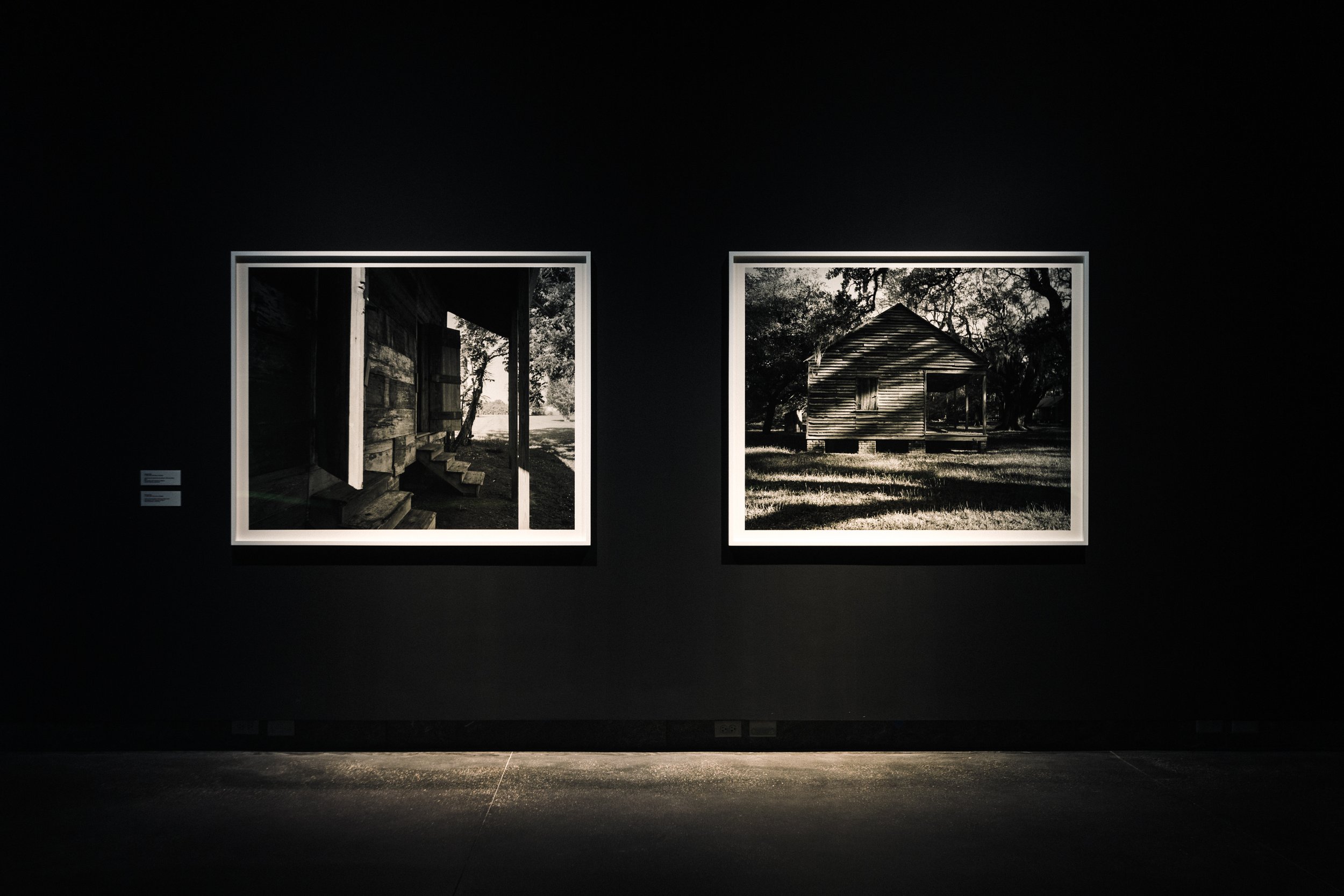
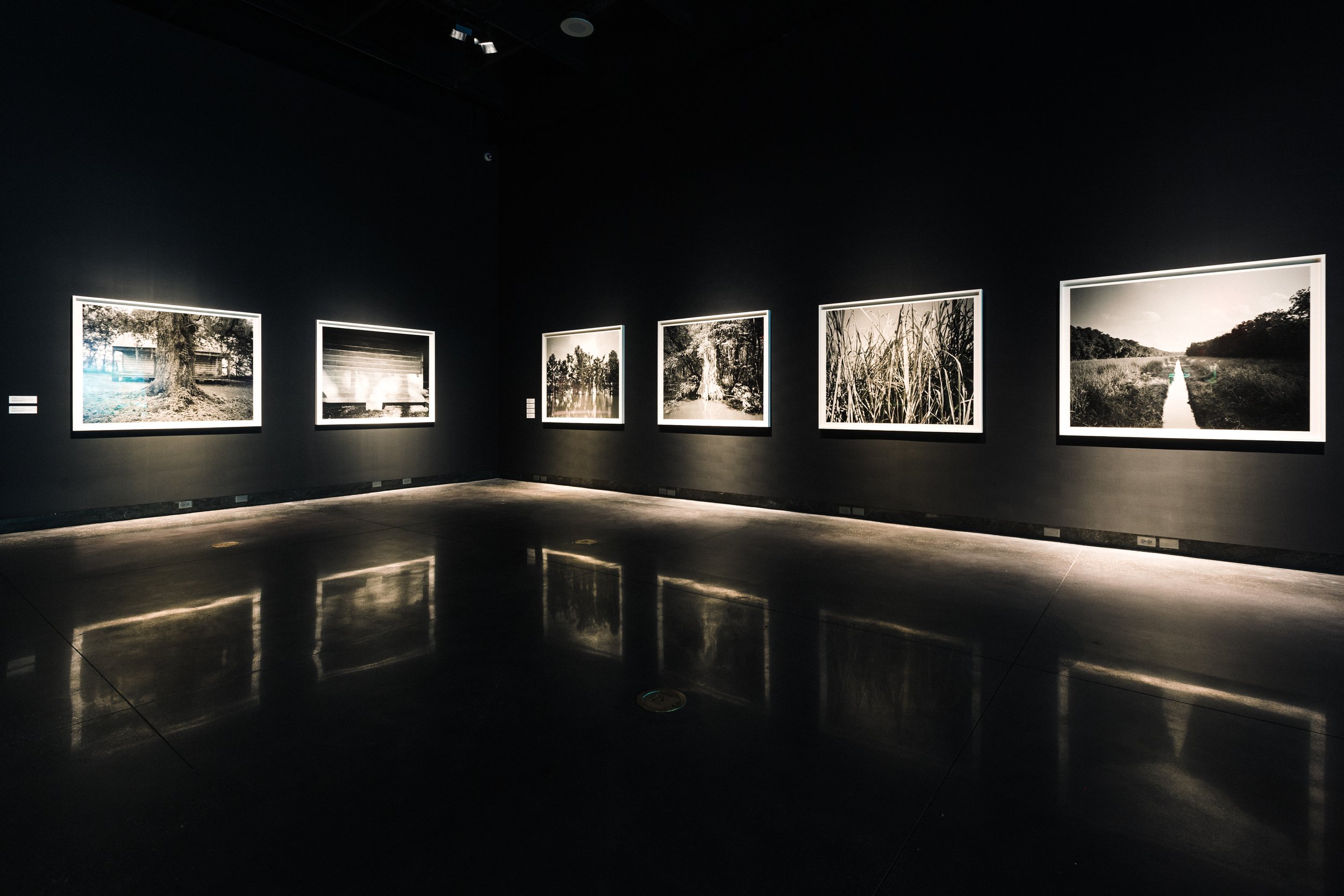

Dawoud Bey, In This Here Place, 2019. Installation view: Prospect.5: Yesterday we said tomorrow. The Historic New Orleans Collection, New Orleans. Courtesy Prospect New Orleans. Photo: Jose Cotto
George Dureau
b. 1930, New Orleans
d. 2014, New Orleans
venue
Historic New Orleans Collection
Tri-centennial Wing
520 Royal Street, New Orleans, LA 70130
Monday, closed
Tuesday–Saturday, 9:30 AM–4:30 PM
Sunday, 10:30 AM–4:30 PM
neighborhood
About the project
This selection of works represents George Dureau’s multifaceted photographic practice and seeks to reveal not only his daring studio-based images, but also the lives he and his subjects lived outside of this framework. Works exhibited at the Historic New Orleans Collection include iconic images of people who modeled for Dureau; people who are named in the works’s titles as Kathy B., Jan Becker, Troy Joshua Brown, Louis Goins, Wilbert Hines, Earl Lavell, Brian Reeves, B.J. Robinson, and Roosevelt Sonny Singleton—who range from close friends and acquaintances to strangers he encountered. The images evoke classical aesthetic ideals that celebrate the variations in their forms, which is often the most remarked upon, and most fraught, aspect of Dureau’s practice, along with the varied circumstances and personal histories of his sitters. Shown alongside these studio portraits are photographs of several of those same people taken outdoors at both public and intimate gatherings, in parks and recognizable landscapes around the city, and on the streets of the French Quarter, where Dureau lived and worked. The presentation highlights moments of self-fashioning by his subjects and the larger context of their relationships with Dureau over time. This selection draws expansively from across Dureau’s practice to envision the intersections between everyday life and the constructed world of the studio.
Presented by the Ford Foundation, Stephen Javaras, and Arthur Roger Gallery.
About the artist
New Orleans native George Dureau studied fine art at Louisiana State University, Baton Rouge, and architecture at Tulane University, New Orleans. He was a painter and a photographer and is best known for his black-and-white photographs exploring the male nude, the working class, little people, and disabled people. Using only natural light from his studio windows Dureau captured unexpected, and nontraditional subjects in formal, classical compositions. His work was homoerotic and he treated his subjects, who were often his friends and lovers, with tenderness, and their images take on an ethereal quality. His work and style inspired Robert Mapplethorpe, who he counted as a friend. Dureau’s work has been exhibited at the J. Paul Getty Museum. Los Angeles (2017); the Los Angeles County Museum of Art (2017); the Ogden Museum of Southern Art, New Orleans (2011 and 2006); and the New Orleans Museum of Art (2009).
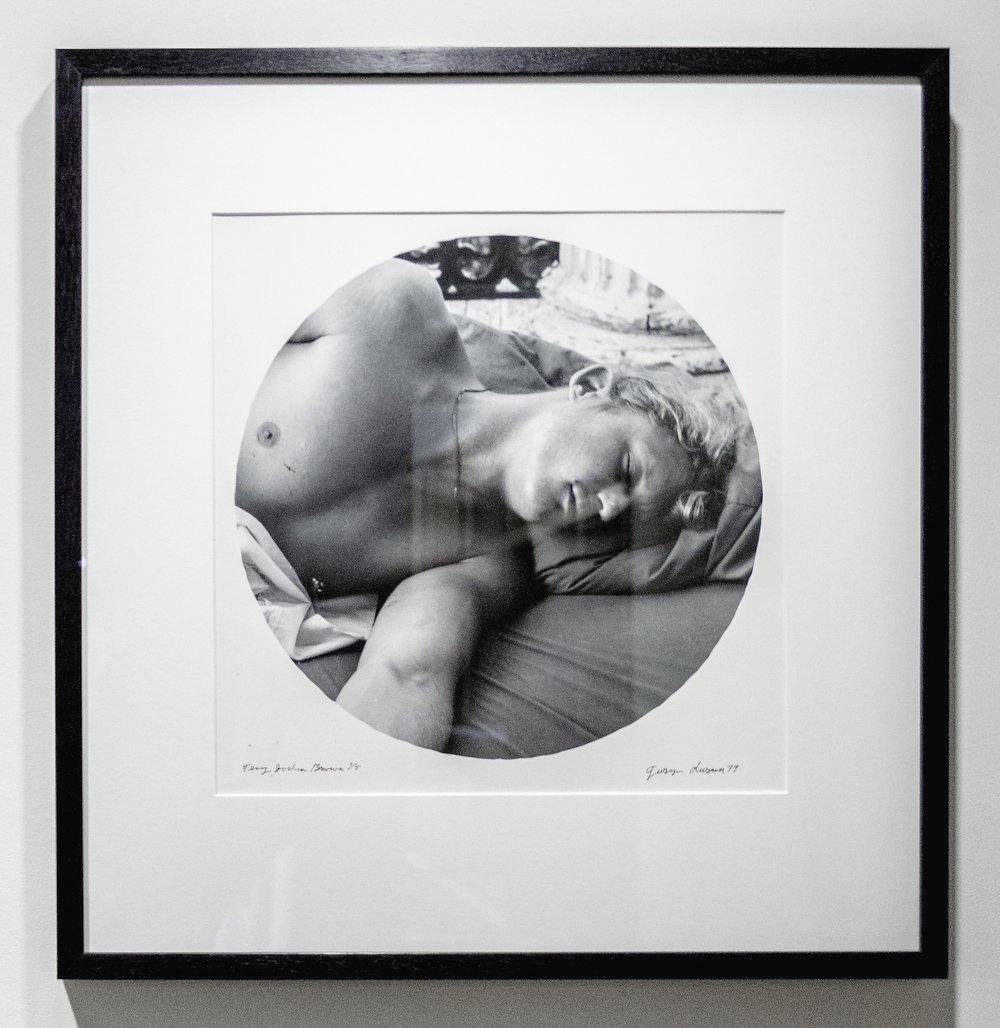

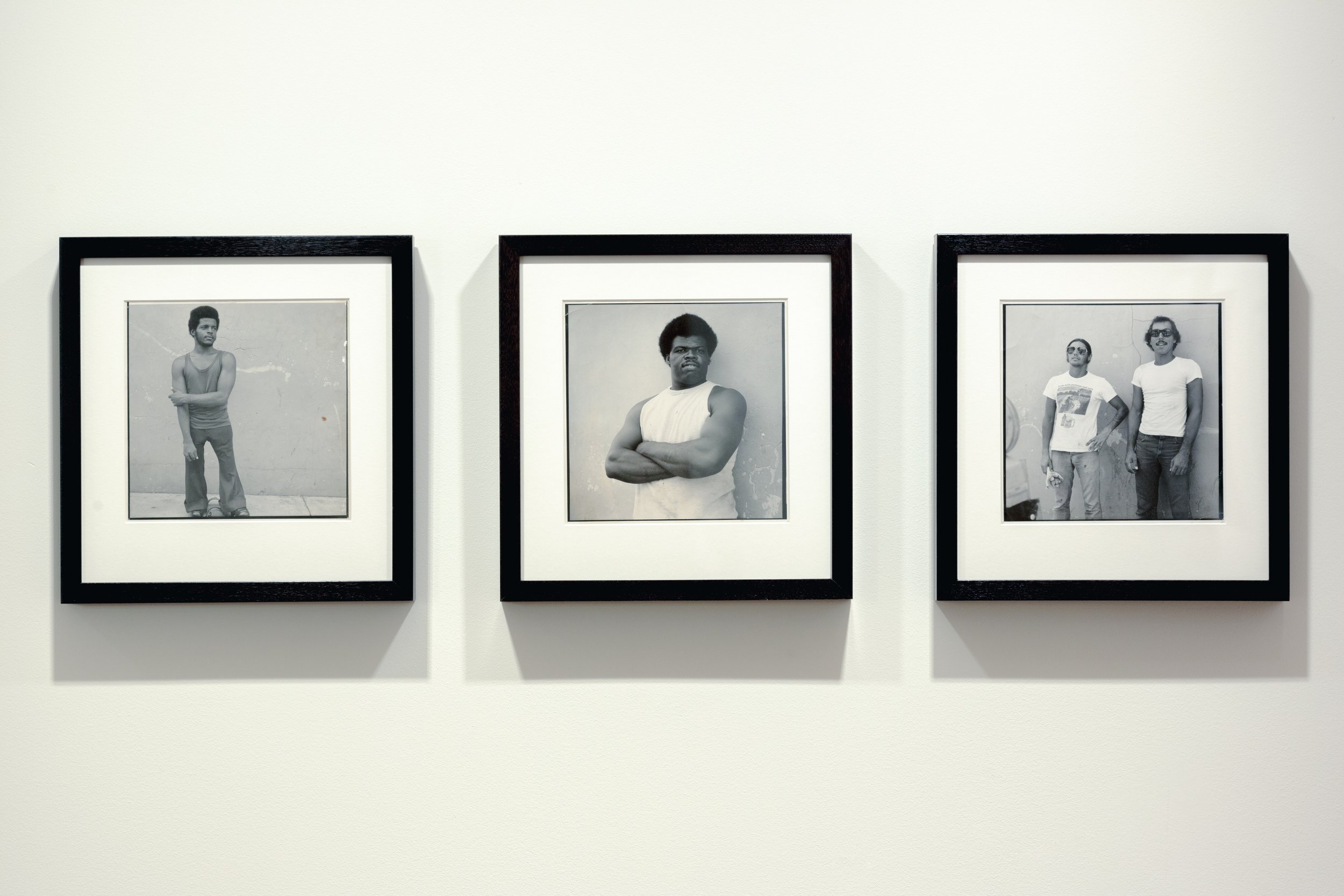
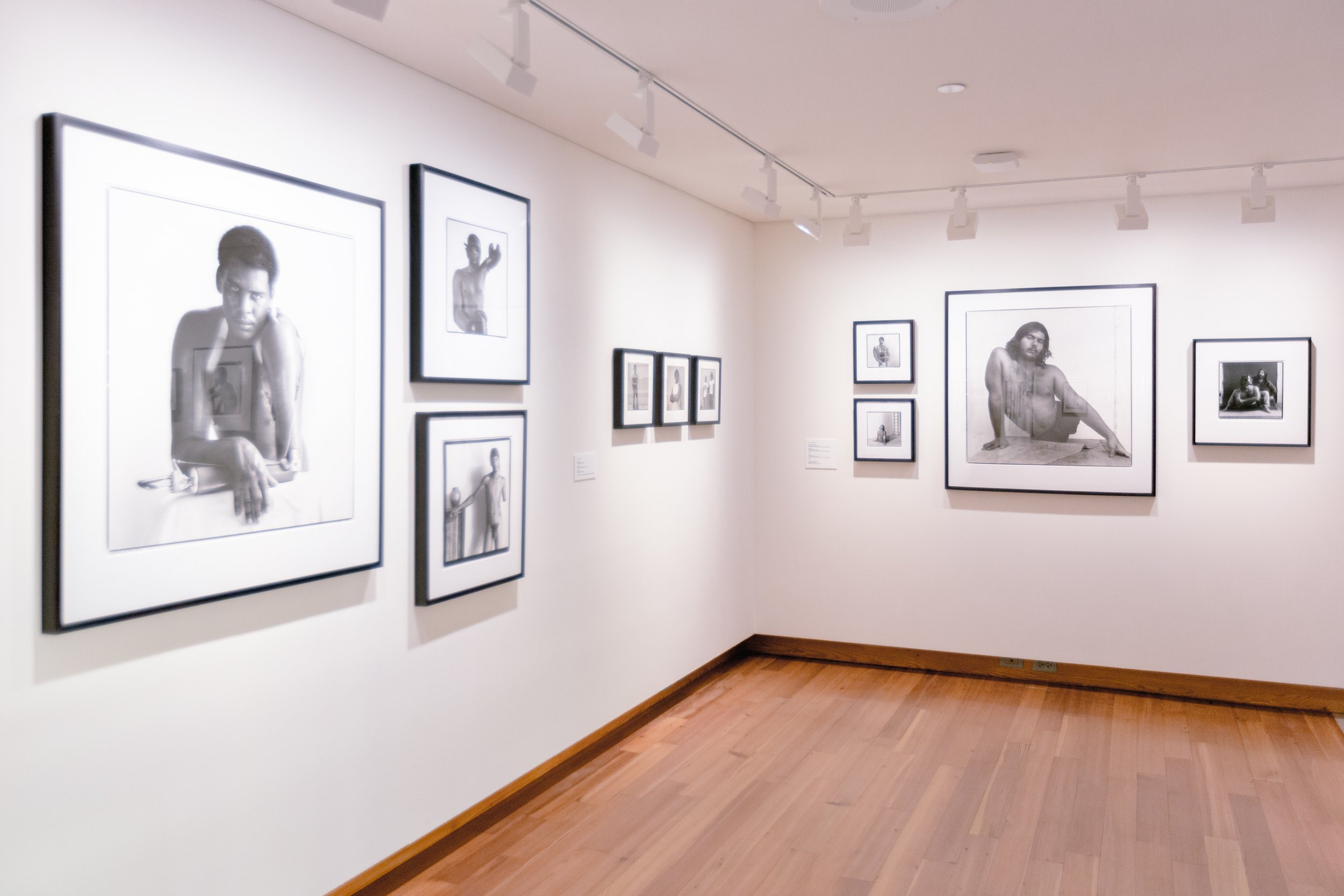
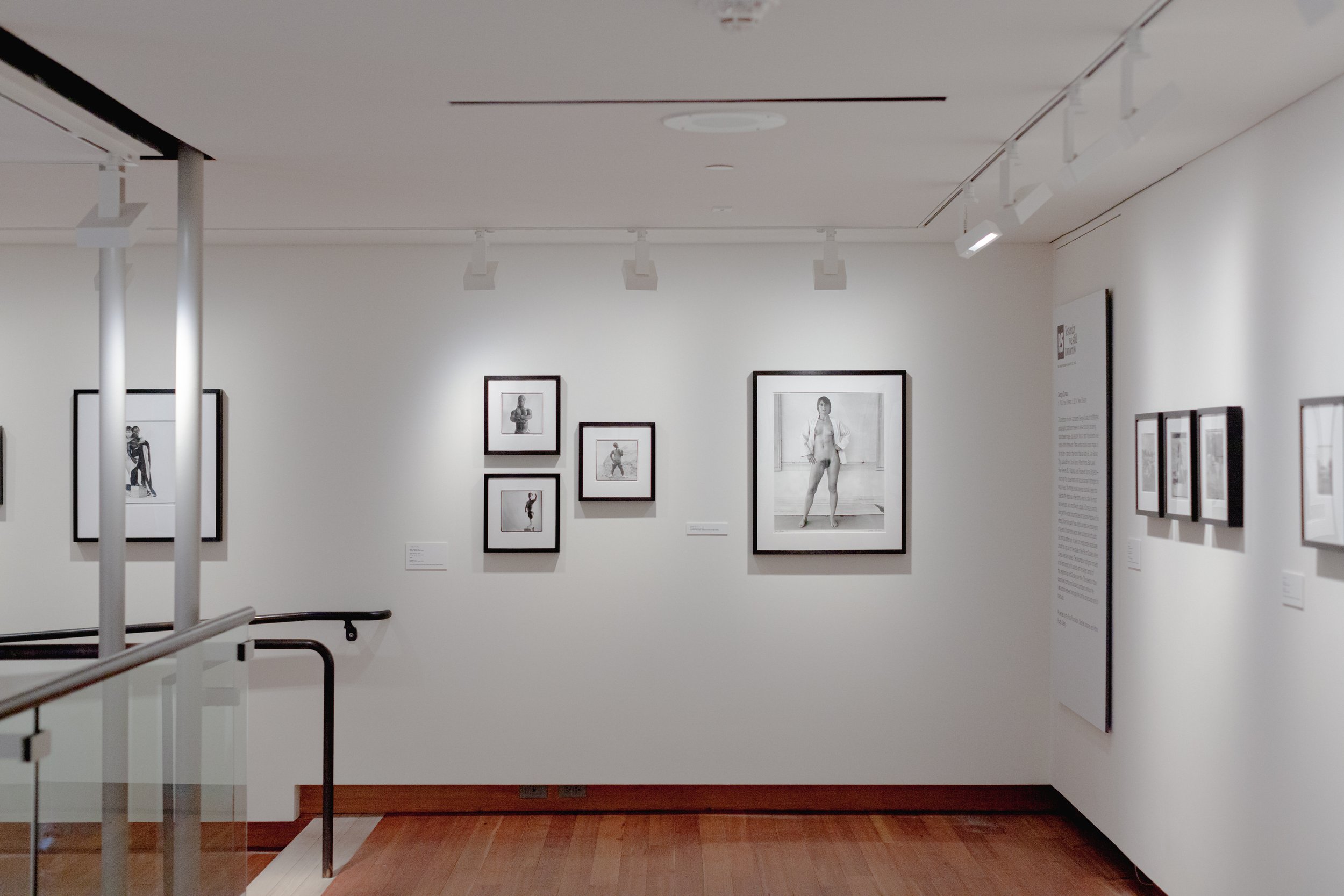
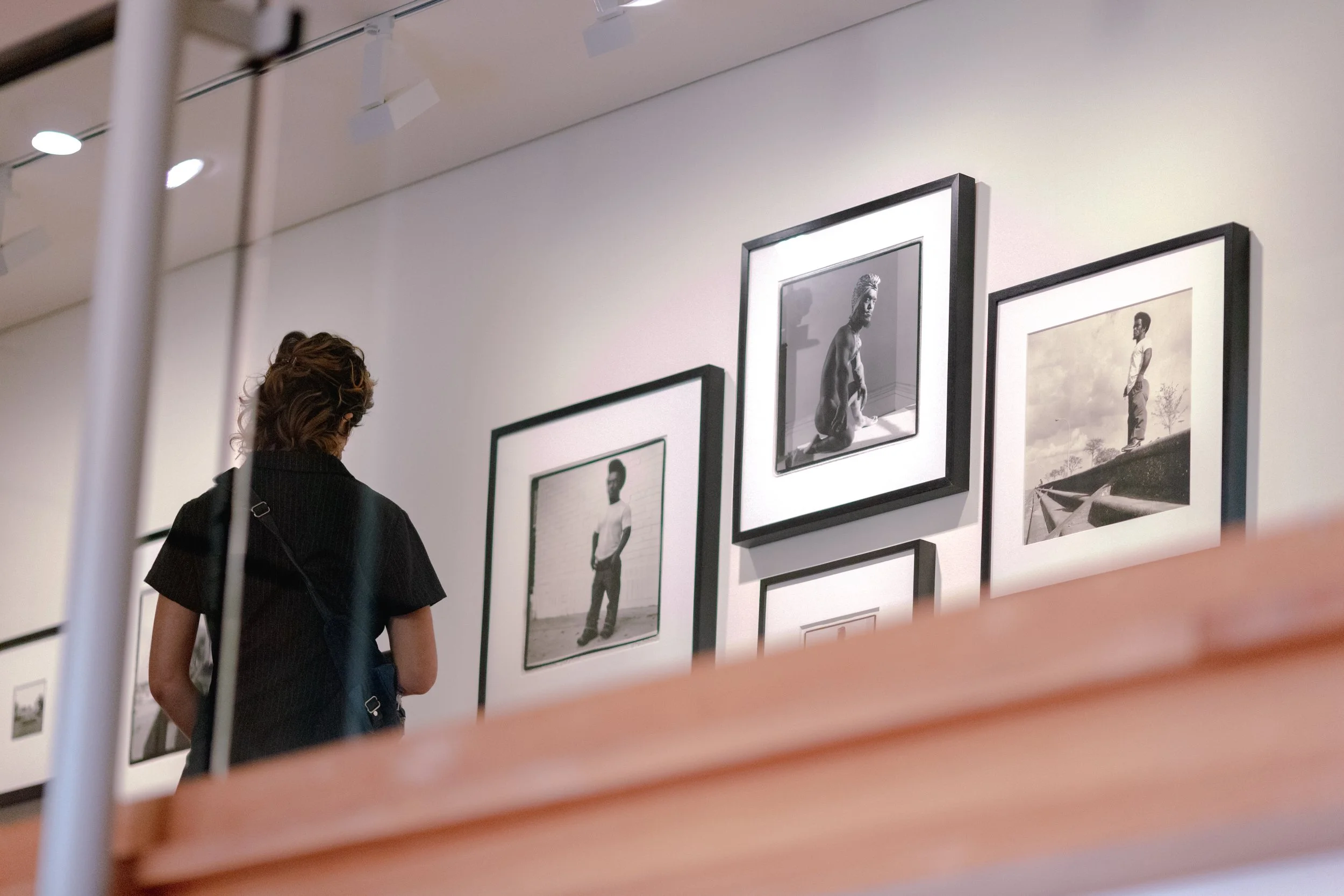
George Dureau, 2021. Installation view: Prospect:5 : Yesterday we said tomorrow, 2021–22. Historic New Orleans Collection, New Orleans. Courtesy Prospect New Orleans. Photo: Jose Cotto
Josh Kun
B. 1971, Los Angeles
Lives in Los Angeles
Venue
The Historic New Orleans Collection
Historic French Quarter Galleries
520 Royal Street, New Orleans, LA 70130
Monday, closed
Tuesday–Saturday, 9:30 AM–4:30 PM
Sunday, 10:30 AM–4:30 PM
Neighborhood
About the project
Over and Over the Waves
This installation is inspired by the 1884 visit of Encarnación Payen’s 8th Cavalry Mexican Military Band to New Orleans for the World’s Industrial and Cotton Centennial Exposition. A massive seventy-six-member band, they played Afro-Cuban danzones and European waltzes and polkas throughout the city. The music of “The Mexican Band,” as they came to be known, seeped into the local repertoires of New Orleans bands and the catalogs of local sheet music publishers, and became one more chapter in the city’s larger history of musical and cultural encounter rooted in the music of the African diaspora and the afterlives of enslavement. Linked to their popularity, other Mexican ensembles and subsequent iterations of the original band performed in the area throughout the years following the exposition.
Archival objects are paired here with an original sound piece that joins the musical worlds of nineteenth- and early-twentieth century New Orleans to contemporary histories of migration to New Orleans and greater Louisiana. The sound installation is meant to be experienced in dialogue with the historical materials on display.
The band’s original repertoire has also been given to a group of New Orleans musicians whose backgrounds connect to Honduras, Ghana, Cuba, Morocco, and Black America. They will reinterpret the nineteenth-century songs for twenty-first century ears across a series of live performances.
about the artist
Josh Kun is an author, curator, and cultural historian based in Los Angeles. His studies and practice focus on the intersection of culture and politics in popular music. After dissecting the elements of music’s cultural past, he reassembles them into a narrative shaping their contributions to current and future geographical and cultural identities. He has curated exhibitions and led artist projects with the San Francisco Museum of Modern Art; The Vincent Price Art Museum, Los Angeles; The Getty Foundation, Los Angeles; Grammy Museum, Los Angeles; the Los Angeles Public Library; and the Santa Monica Museum of Art (now the Institute of Contemporary Art, Los Angeles). His commissioned collaborations with musicians include projects with Nicole Mitchell, Guillermo Galindo, Ozomatli, and J. Period. Kun has been the recipient of the Berlin Prize from the American Academy of Berlin (2018) and a MacArthur Fellowship (2016). Kun is a professor of communication and journalism at the University of Southern California, Los Angeles. He received a BA in literature from Duke University, Durham, North Carolina, and a PhD in ethnic studies from the University of California, Berkeley.
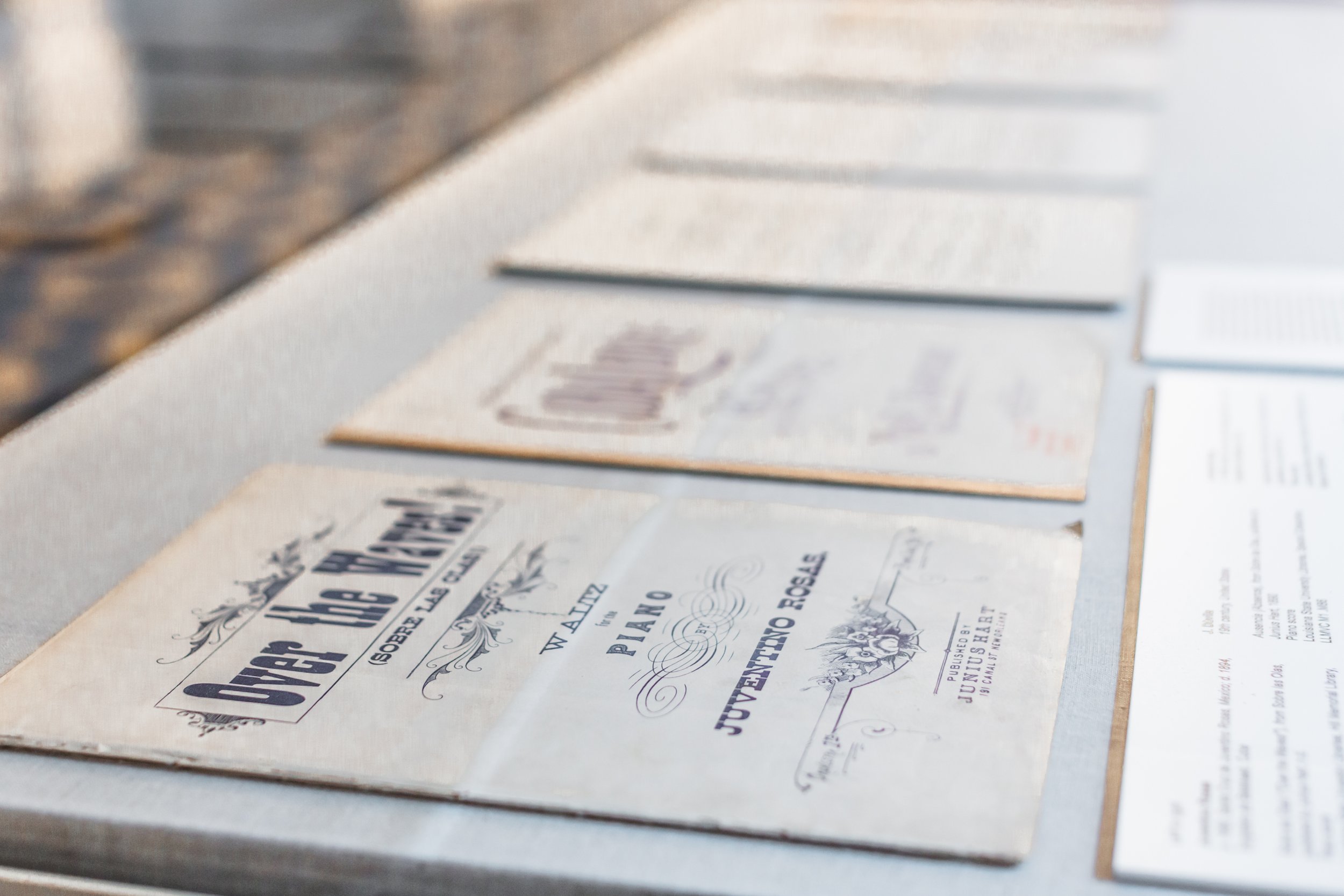
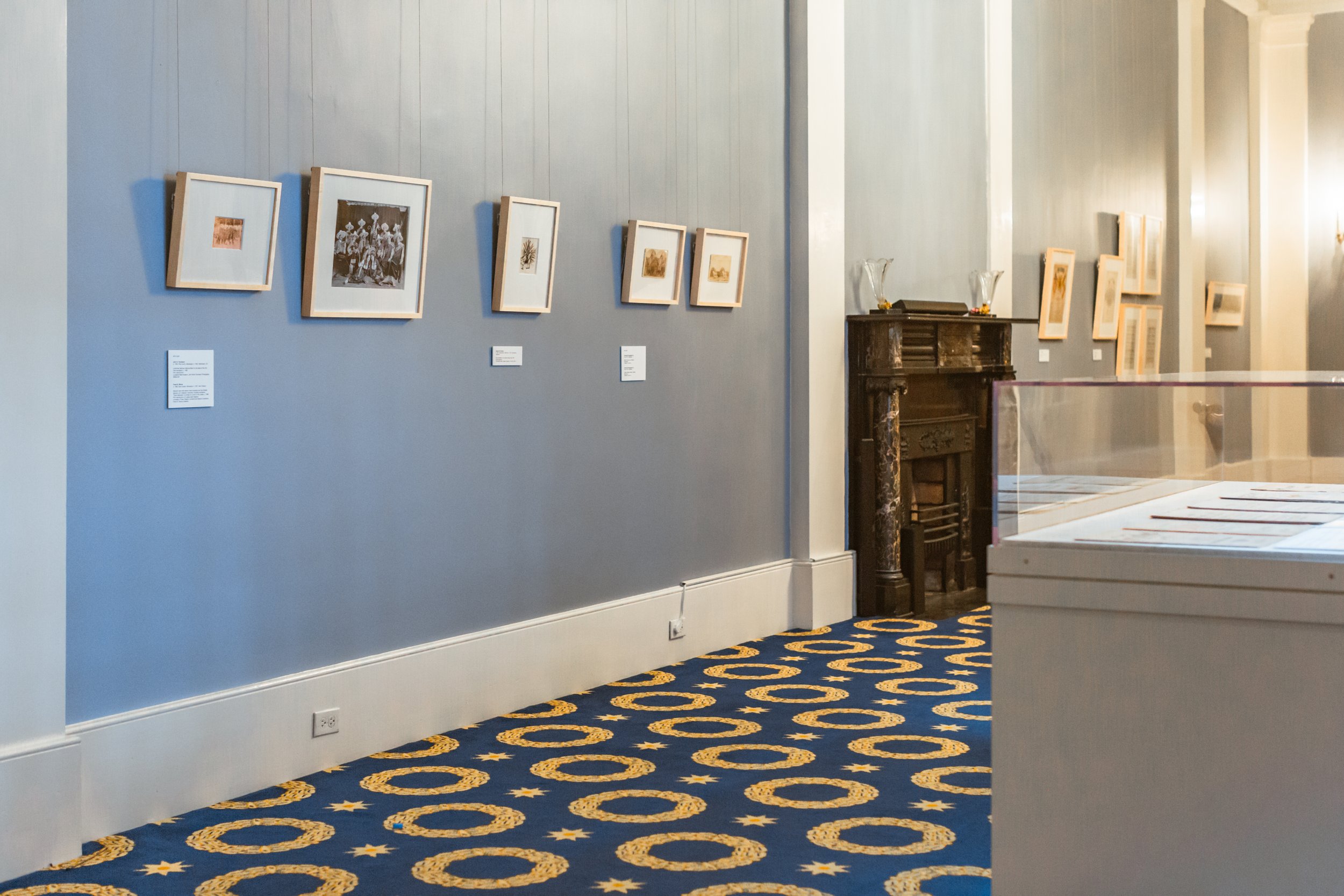
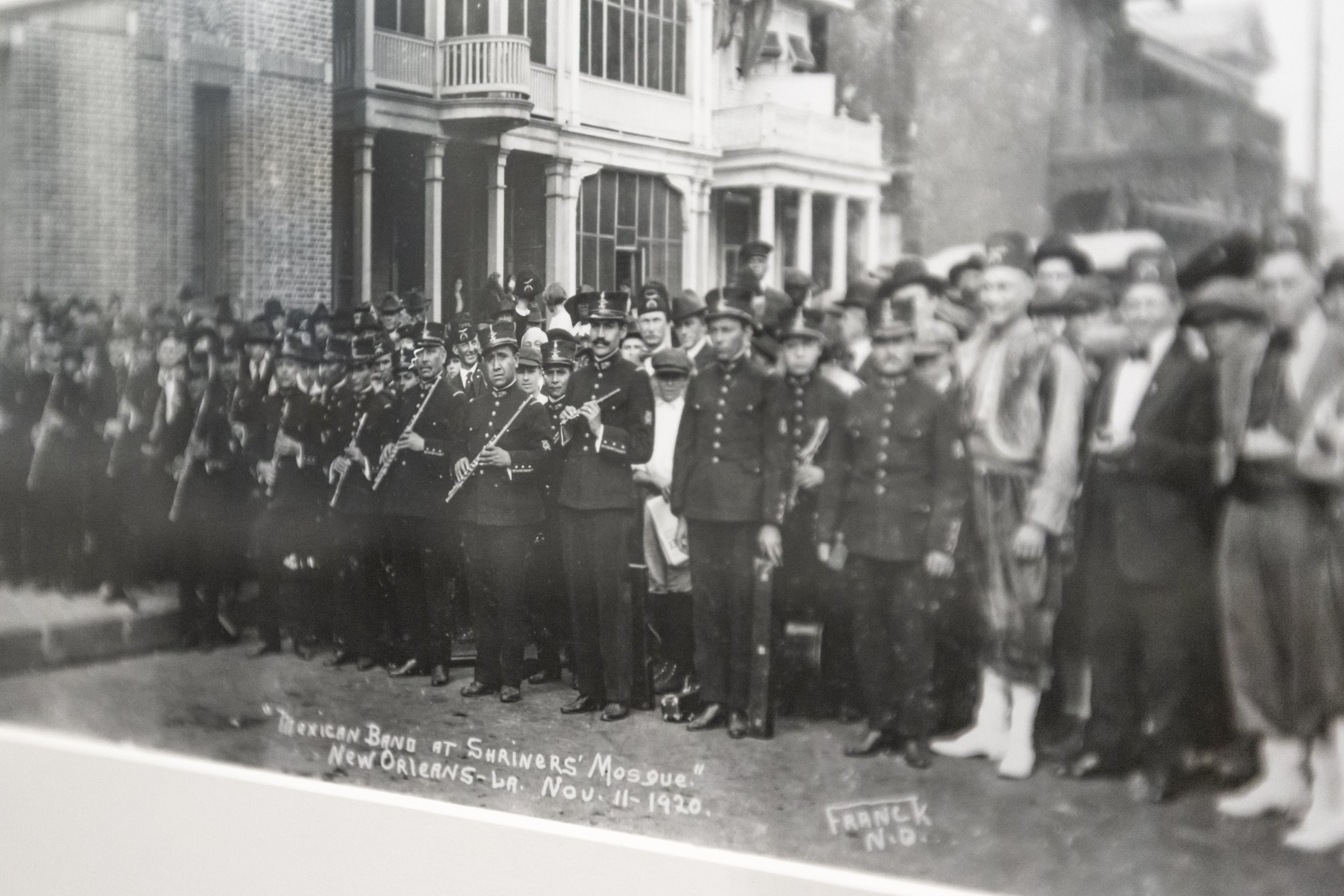

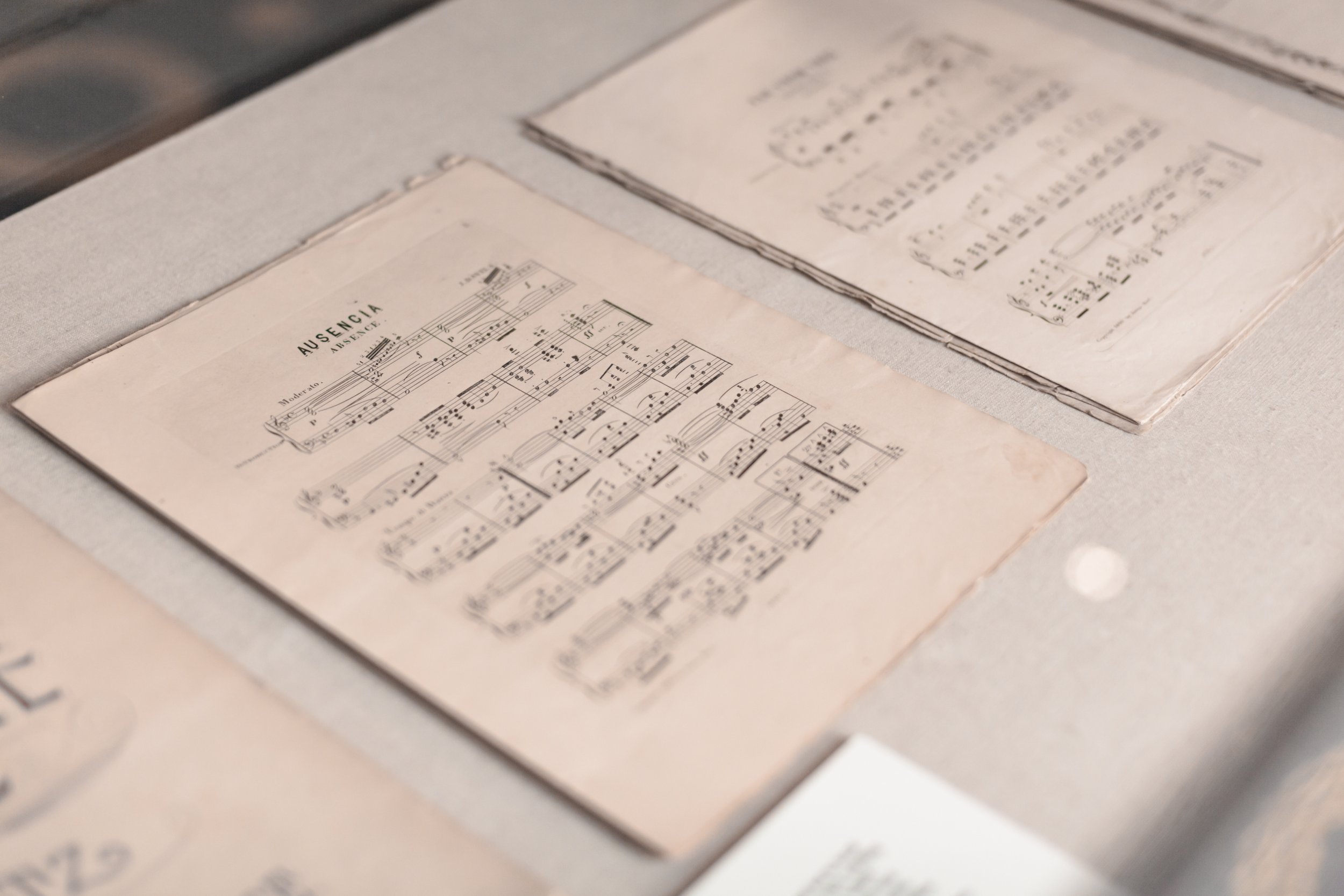
Josh Kun, Over and Over the Waves, 2021. Multi-media installation with sound, dimensions variable. Installation view: Prospect.5: Yesterday we said tomorrow, 2021–22. The Historic New Orleans Collection, New Orleans. Courtesy Prospect New Orleans. Photo: Jose Cotto